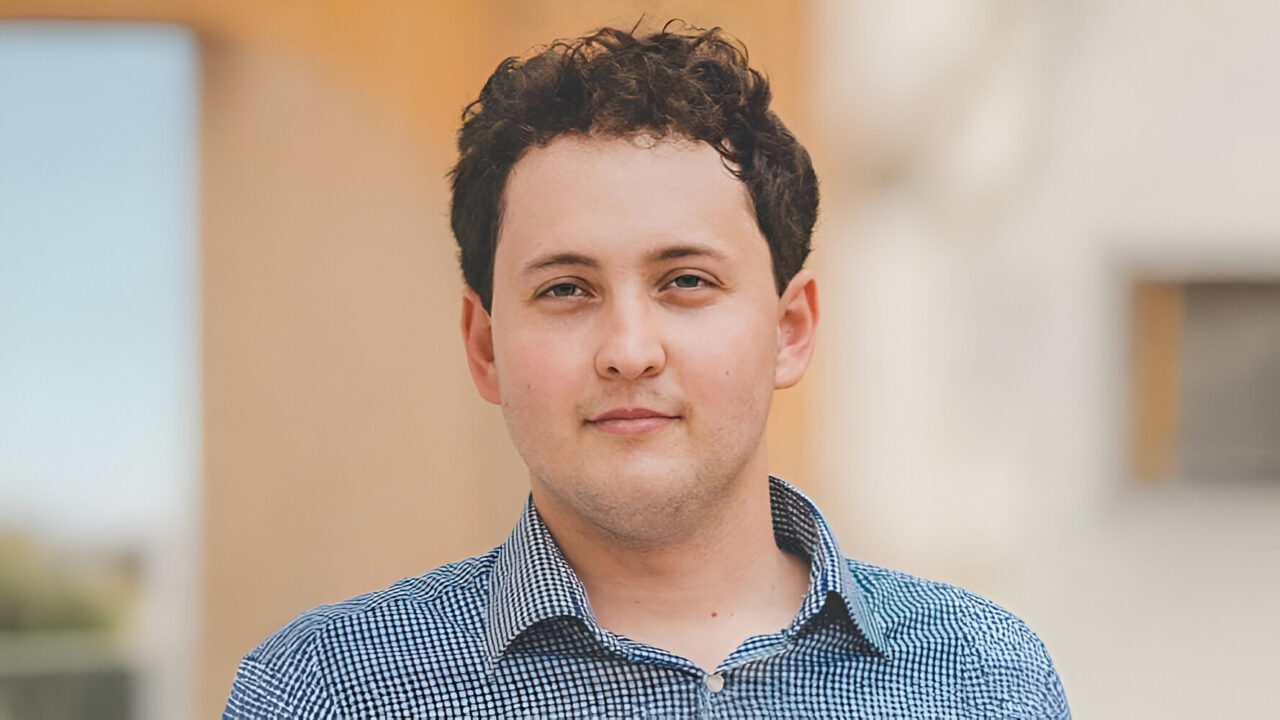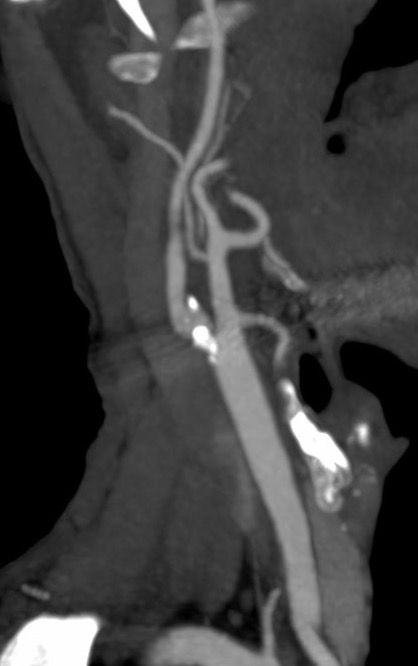
Péter Pál Böjti on CREST-2 Trial: Does Carotid Revascularisation Still Matter?
Péter Pál Böjti, Neurointerventionist at Semmelweis University Department of Neurosurgery and Neurointervention, shared on LinkedIn:
”When absolute stroke risks are already low with modern pharmacotherapy, does carotid revascularisation still matter?
CREST‑2 suggests yes—in the right hands, for the right patients.
CREST‑2 is a strong reminder that even in the era of intensive, guideline‑driven pharmacotherapy, carotid revascularisation still has meaningful added value for selected asymptomatic patients.
In >2,400 patients with ≥70% asymptomatic carotid stenosis on optimised modern medical therapy, adding carotid stenting almost halved the 4‑year risk of stroke/death vs. medical therapy alone (≈6.0% → 2.8%), with a number needed to treat of ~31 to prevent one primary outcome event over 4 years.
At the same time, absolute stroke risks were low in all arms, underlining how far intensive risk‑factor control and lifestyle management have already brought us.
In the endarterectomy trial, intensive medical therapy alone performed so well that CEA did not reach a statistically significant additional benefit: 4‑year primary‑outcome rates were ≈5.3% with medical therapy vs. ≈3.7% with CEA, with a small absolute difference and overlapping confidence intervals.
Key practical points:
– Revascularisation provides significant additional clinical benefit on top of advanced pharmacological treatment in carefully selected asymptomatic patients.
– The clearest incremental benefit in CREST‑2 was seen with stenting plus best medical therapy, while CEA showed only a modest, statistically non‑significant numerical advantage over medical therapy alone.
– All of this was achieved in expert, high‑volume centres with rigorously credentialed operators and very low peri‑procedural complication rates.
So if we talk about “revascularisation vs. no revascularisation”, CREST‑2 is really saying:
‘Yes—but with the right patient, the right operator, and the right centre.”’

Stay updated with Hemostasis Today.
-
Nov 24, 2025, 10:25Jean Jacques Kiladjian Visits INSERM-supervised CIC 1408 Investigation Center
-
Nov 24, 2025, 10:06Amirpasha Moetazedian Invites a PHD Student to His Lab to Explore Sustainable Artificial Blood Vessels
-
Nov 24, 2025, 09:41Kamran Hajiyev Reflects on A Week of Innovation, Collaboration, and Scientific Exchange at SVIN 2025
-
Nov 24, 2025, 02:55Do You Know Why Clot Contracts? Marin Pavlov Reflects on Expert PE Conference 2025
-
Nov 24, 2025, 01:39Ashkan Shoamanesh Shares OCEANIC-STROKE Trial’s Successful Endpoints
-
Nov 24, 2025, 01:10Swarsat K Nath on HemeNext 2025: AI is Real, Measurable, and Already Changing Lives
-
Nov 23, 2025, 15:15Dirk Sibbing on OCEANIC-STROKE Demonstrationg Superiority of Asundexian vs. Placebo
-
Nov 23, 2025, 14:57Jesse Landry on SeraGene Therapeutics: Rewriting the Rules of Blood and Bleeding Disorders
-
Nov 23, 2025, 14:49Reza Shojaei: What Truly Motivates Donors And What Keeps Them Coming Back?
